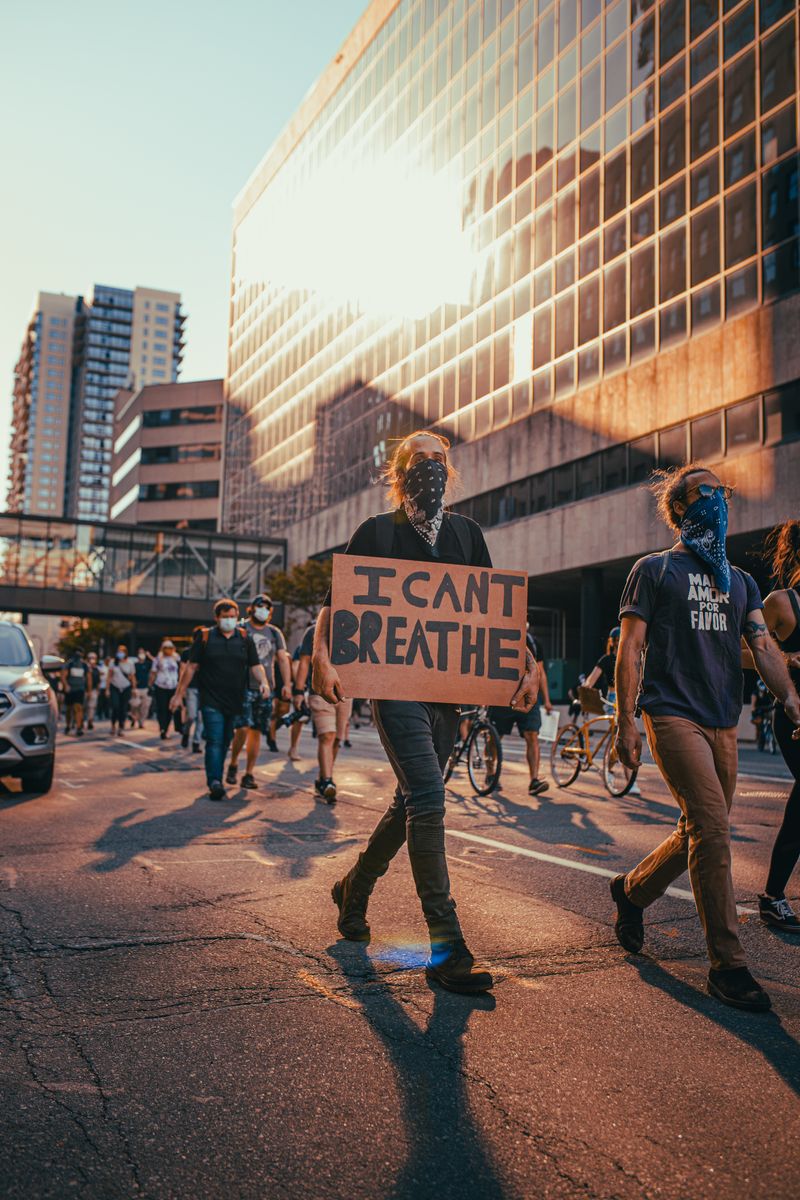Tragedy Strikes at Gillette Stadium: A Closer Look at Fan Violence and its Consequences
The Incident and Investigation
On Sunday night, tragedy struck at Gillette Stadium during the New England Patriots vs. Miami Dolphins game, resulting in the death of Dale Mooney, a lifelong Patriots fan. According to witnesses, Mooney was involved in a “scuffle” with another fan, during which he collapsed and was subsequently taken to the hospital. While the preliminary autopsy did not reveal any traumatic injuries, it did identify a medical issue, leaving the cause and manner of Mooney’s death undetermined pending further testing.
The Culture of Violence in Sports
This unfortunate incident highlights a broader problem within the sports realm – the issue of fan violence. It raises questions about the culture that surrounds sporting events and the accountability of both fans and organizations for maintaining a safe and enjoyable environment for all attendees.
Instances of fan violence have been an ongoing concern in various sports, from soccer to American football. The passion and excitement that fuel fandom can sometimes turn volatile, leading to altercations and, in extreme cases, tragic outcomes like the one that occurred at Gillette Stadium.
It is important to recognize that while the majority of sports fans are passionate and respectful, a small fraction may engage in disruptive behavior that escalates to violence. Addressing this issue requires a multifaceted approach that considers both individual responsibility and institutional measures.
Individual Responsibility and Accountability
On an individual level, fans must remember that attending a sporting event is about experiencing the thrill of the game, supporting their teams, and enjoying the camaraderie with fellow fans. Engaging in physical altercations not only jeopardizes the safety of oneself and others but also undermines the spirit of sportsmanship and unity that should prevail in such settings.
It is crucial for fans to remember that enthusiastic support for a team does not justify violence. Respect for opposing fans, tolerance of differing opinions, and the awareness of one’s own behavior are all essential components of being a responsible fan. By fostering a positive fan culture, individuals can contribute to a safer and more enjoyable environment for everyone.
Institutional Measures and Safety Protocols
While fans bear a personal responsibility for their actions, the organizations that host sporting events also play a significant role in maintaining a safe atmosphere. Stadiums and arenas must implement effective security measures, including a visible presence of law enforcement, strict enforcement of code of conduct policies, and adequate training for staff in conflict resolution.
Additionally, technology can serve as a valuable tool in preventing and addressing incidents of fan violence. The installation of surveillance cameras, both inside and outside the venue, can aid in identifying individuals involved in altercations. Furthermore, the availability of reporting mechanisms such as hotlines and mobile applications can encourage bystanders to report inappropriate behaviors, ensuring prompt intervention and resolution.
The Need for Continued Vigilance and Education
Tragic events like the one at Gillette Stadium remind us of the importance of ongoing vigilance and education. It is crucial for sports organizations to regularly review and update their safety protocols, ensuring they align with best practices and respond to emerging challenges. This includes investing in proactive measures to prevent fan violence and fostering a culture that prioritizes respect, inclusivity, and fairness.
Moreover, community initiatives aimed at educating fans about the consequences of violence and the importance of responsible behavior can also contribute to the prevention of such incidents. By promoting awareness and facilitating dialogue, we can encourage a shift in culture that discourages violence and encourages camaraderie.
Editorial: Promoting a Safer Fan Culture
Addressing the Root Causes
While it is easy to attribute incidents of fan violence solely to the actions of individuals, it is crucial to examine the underlying causes that contribute to such behavior. Factors such as excessive alcohol consumption, group dynamics, and misguided notions of loyalty can all play a role.
Organizations must invest in comprehensive research to better understand these root causes and develop targeted interventions that address them. This might include initiatives like responsible drinking campaigns, fan education programs, and the creation of safe spaces for fans to express their enthusiasm without resorting to violence.
The Role of Fan Culture
The concept of being a “fan” is intrinsically tied to identity, but it is essential to redefine fan culture in a way that encourages healthy enthusiasm and discourages violence. Sports organizations can play their part by promoting positive role models and stories that highlight the positive aspects of fandom – the unity, joy, and camaraderie that being a part of a larger community can bring.
Media outlets, including sports broadcasters and news organizations, also have a responsibility to report on incidents of fan violence without glorifying them. Emphasizing the consequences of such behavior while simultaneously celebrating the positive aspects of being a sports fan can create a more balanced narrative that encourages responsible behavior.
Advice: Promoting Safety and Respect Among Fans
For fans attending sporting events, it is essential to prioritize safety and respect. Here are some practical steps that individuals can take:
1. Set the Right Example:
Model good behavior yourself and encourage others to do the same. By treating fellow fans with respect, you can help create a positive atmosphere.
2. Report Incidents:
If you witness inappropriate behavior or violence, report it to stadium security or utilize reporting mechanisms such as hotlines or mobile applications. Your actions can help prevent further escalation.
3. Educate Yourself:
Stay informed about stadium policies and code of conduct. Familiarize yourself with any safety measures in place, and be aware of exit routes and emergency procedures.
4. Encourage Responsible Drinking:
If alcohol consumption is permitted at the venue, promote responsible drinking and be cautious not to enable excessive consumption. Encourage moderation and be mindful of the potential impact of alcohol on behavior.
5. Foster Dialogue and Respect:
Engage in conversations with fellow fans from opposing teams respectfully, embracing the diversity that fandom brings. Remember that healthy competition and banter can coexist with respect and empathy.
6. Support Organizations and Initiatives:
Advocate for sports organizations to prioritize fan safety and invest in programs and initiatives aimed at promoting a positive and inclusive fan culture.
By collectively prioritizing safety, respect, and a commitment to responsible fandom, sports fans can create an environment where tragic incidents like the one at Gillette Stadium become a thing of the past.

<< photo by Josh Hild >>
The image is for illustrative purposes only and does not depict the actual situation.
You might want to read !
- Patriots Fan’s Tragic Death Raises Questions About Fan Safety at Stadiums
- “Can Xavi Lead FC Barcelona to Victory Against Royal Antwerp? A Closer Look at the Key Match-up”
- Discovering the Magic: Exploring the Enchanting World of the Viral “Spirited Away”-Themed Museum
- “Fan Violence in Football: Addressing the Root Causes of Spectator Aggression in Sporting Events”
- State police investigating death of man during Patriots game at Gillette Stadium: What does this incident reveal about stadium safety measures?
- Why the Taylor Swift Concert at Gillette Stadium is Only Part of the Experience
- “Justice Served: Serial Killer Accountable for 22 Elderly Women’s Deaths Meets Fatal End in Texas Prison”
- Mourning the Loss: Reflecting on the Legacy of Temple University Acting President JoAnne Epps
- The Tragic Fate of Convicted Murderer Billy Chemirmir: A Tale of Inmate Justice
- The Rock & Roll Hall of Fame Controversy: Jann Wenner’s Removal from Rolling Stone’s Legacy
- The Perseverance and Reinvention of Taylor Swift: A Closer Look at ‘1989 (Taylor’s Version)’
Taylor Swift’s ‘1989 (Taylor’s Version)’: A Resurgence of Artistic Ownership and Authenticity
Understanding Taylor Swift’s ‘1989 (Taylor’s Version)’: A Tale of Musical Autonomy and Legacy
- Tabloid Frenzy: Odell Beckham Jr.’s Kardashian Connection




